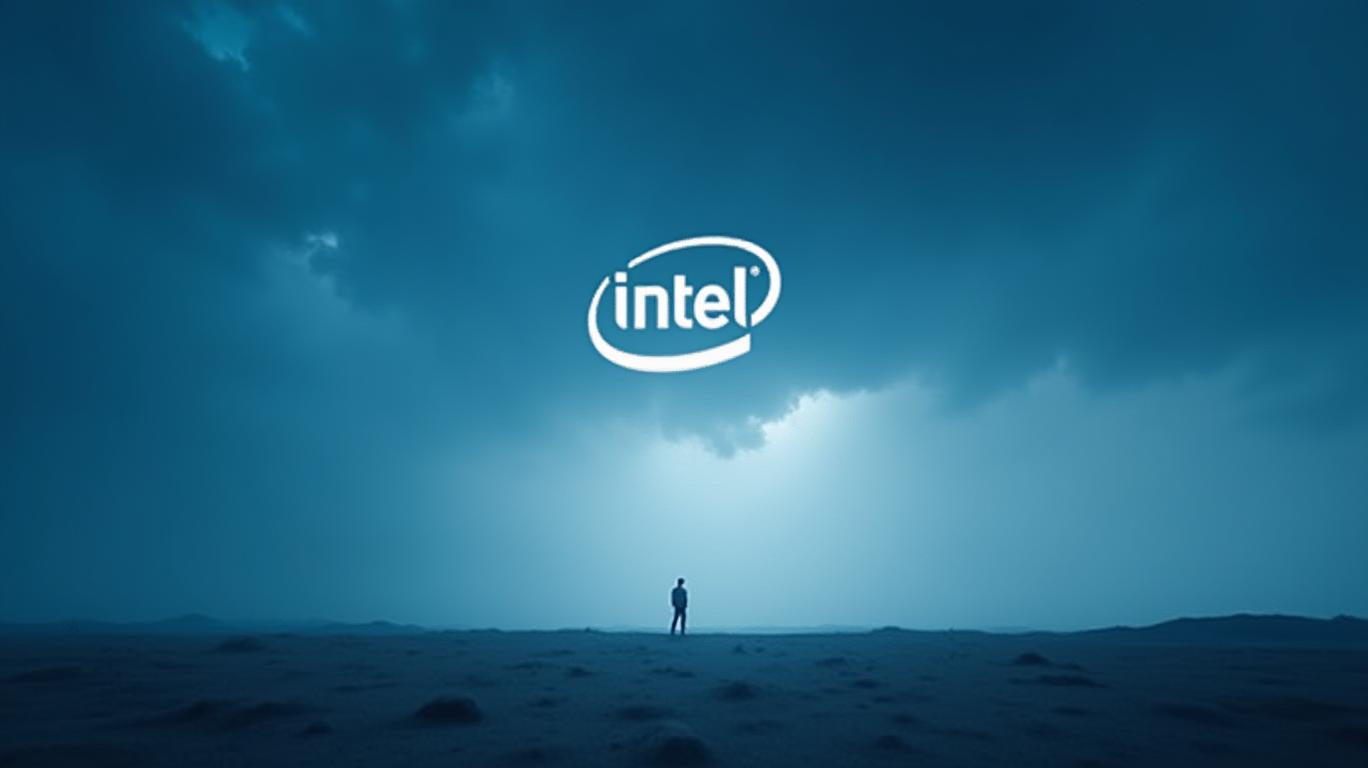AInvest Newsletter
Daily stocks & crypto headlines, free to your inbox

The semiconductor industry is at a crossroads. While global demand for chips surges—driven by AI, automotive electrification, and 5G infrastructure—Intel's recent fraud scandal has cast a shadow over its financial resilience and governance. Yet, beneath the turmoil lies a compelling opportunity for investors willing to navigate the risks and capitalize on structural trends. Here's why Intel's stumble could be the buying signal you've been waiting for.
Intel's saga began in 2023, when it revealed a $7 billion operating loss in its Foundry segment, alongside third-party wafer sourcing that exposed vulnerabilities in its supply chain. The fallout included a 34.6% stock plunge by August 2024 and a class-action lawsuit alleging misleading statements about Foundry's viability.
The legal battle intensified in late 2024 when a Supreme Court ruling (Kousisis v. United States) lowered the bar for proving fraud, even without “net economic loss.” This directly impacts Intel's case, as plaintiffs argue material misstatements inflated stock prices before the truth emerged. Meanwhile, an Israeli embezzlement scheme involving $840,000 in stolen funds highlighted internal control failures, further eroding investor confidence.
The risks are clear:
1. Litigation Uncertainty: The class-action lawsuit (3:24-cv-02683) remains unresolved, with a trial set for 2027. Settlements or judgments could strain Intel's balance sheet.
2. Supply Chain Vulnerabilities: Reliance on third-party manufacturers and flawed transaction oversight (as seen in the Israeli case) signal systemic weaknesses.
3. Earnings Pressure: Q1 2025 reported a $0.8B net loss, with non-GAAP EPS down 28% year-over-year, underscoring margin challenges.
Despite Intel's struggles, the semiconductor sector is booming. Global chip sales are projected to grow at a CAGR of 6.5% through 2030, fueled by AI, autonomous vehicles, and IoT. Intel's position in these markets—its AI processors, foundry services, and partnerships with automakers—remains unmatched.
Intel is fighting back. Its $17B operating expense target for 2025 and $18B capex reduction signal a focus on profitability. The Foundry segment, while loss-making, is expanding its customer base, including contracts with BMW and Sony, which could turn margins positive by 2026.
Critically, Intel's stock trades at a forward P/E of 12.5x, below its 5-year average of 18x. This valuation reflects excessive pessimism about its governance issues, not its long-term prospects.
The risks are real, but the rewards are asymmetric:
- Catalyst #1: A favorable legal outcome or settlement could unlock a $32B valuation rebound (the alleged loss cited in the class-action lawsuit).
- Catalyst #2: Foundry revenue growth could validate Intel's shift from PC dominance to a broader chip ecosystem.
- Catalyst #3: A potential dividend reinstatement (post-$10B cost savings) would attract income-focused investors.
Intel's scandal has created a rare buying opportunity. While governance reforms and litigation resolution are prerequisites, the company's $12.7B quarterly revenue and $115B backlog underscore its enduring market power. With the semiconductor sector set to grow exponentially, Intel's undervalued stock—currently at $30/share—offers a margin of safety.
Action to Take:
- Aggressive Investors: Buy now, targeting $40/share by 2026.
- Conservative Investors: Wait for a post-trial settlement or Foundry revenue upside before entering.
In the semiconductor storm, Intel's scandal is a tempest, not a tsunami. For those willing to weather the volatility, the recovery could be historic.

Delivering real-time insights and analysis on emerging financial trends and market movements.

Dec.20 2025

Dec.20 2025

Dec.20 2025

Dec.20 2025

Dec.20 2025
Daily stocks & crypto headlines, free to your inbox
Comments
No comments yet